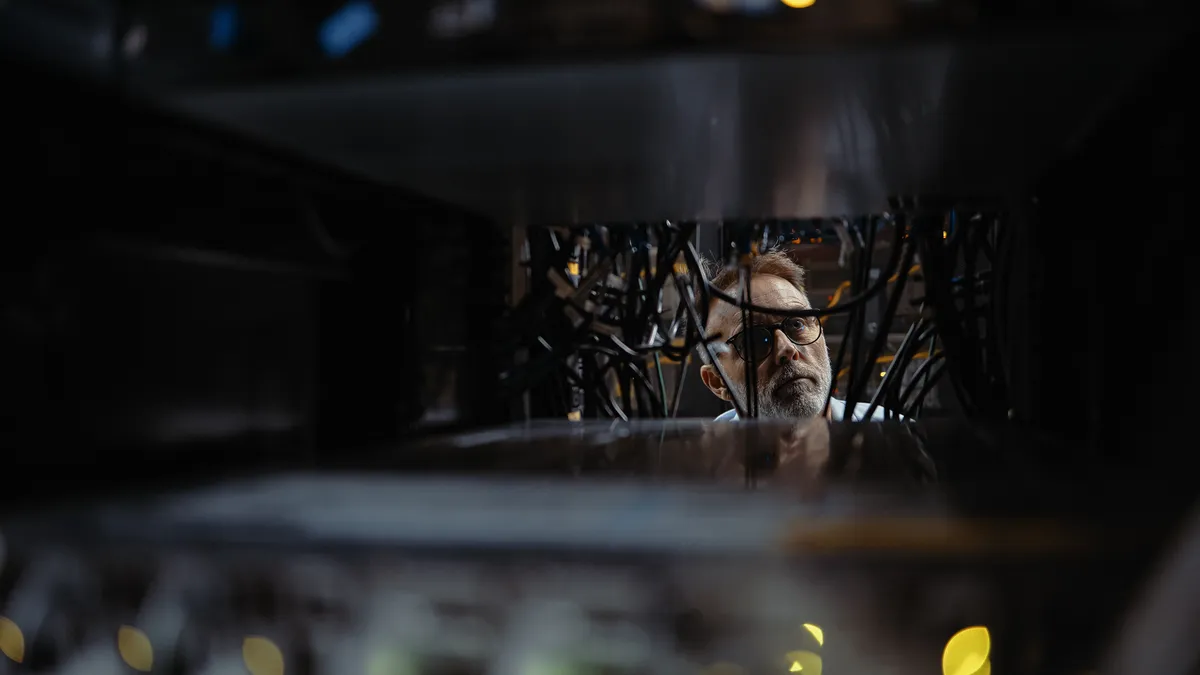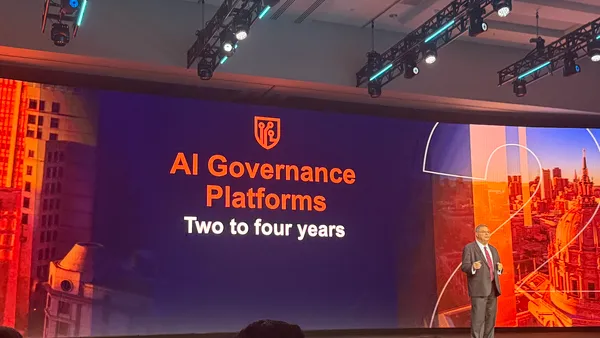Dive Brief:
-
Acquisitions, new entrants and commoditization of robotics process automation (RPA) will bring complexity to the market and expand the number of providers, according to a Forrester report. The trends suggest executives will have to contend with complex RPA vendor decisions.
-
RPA capabilities are "being added to portfolios of just about everybody" in the software space, according to Craig Le Clair, VP and principal analyst at Forrester.
-
The RPA market is expected to meet $2.9 billion this year, the firm estimates. By 2023, almost one-third of the market will be controlled by three providers: Automation Anywhere, UiPath and Blue Prism.
Dive Insight:
Though certain providers will continue to dominate the RPA market, technology executives will soon have a broader field of potential vendors with RPA baked into existing solutions.
"CIOs have to make tough decisions about whether to use their more enterprise or shared service RPA platform from the Alpha pure plays, or to use something from Microsoft that's a part of the Power Automate platform or from SAP," said Le Clair. "It's more of a confusing set of decisions to make."
Companies seek RPA for its potential to cut costs, using artificial intelligence to handle repetitive tasks a human might perform, alongside its process optimization benefits. Advanced data analytics and RPA technologies were among the top digital priorities of finance executives at the end of 2020.
Vendor pricing, too, is part of the provider selection process. Enterprise app platforms such as Microsoft have lower license prices than the pure play providers, according to Le Clair.
Some businesses are taking a mixed approach. The existing RPA capabilities of current enterprise platforms help with departmental and individual automations, while pure-play solutions tackle the more complex process improvements.
To navigate the sprawling RPA market, CIOs can look to where users are already spending their time, said Le Clair. "If a user is in a particular enterprise app domain for a high percentage of the time that might lead you to use their task automation capability."
Aligning objectives to vendor selection also helps the process: if the goal is to reduce costs rather than take a more transformative approach, a pure-play selection may be the fitter choice, Le Clair said.
However, choosing a vendor and deploying the technology is just one part of the puzzle. Nearly four in 10 executives say complexity hinders RPA projects, according to data from ABBYY. One-third of projects fail because the intended automation processes or the underlying automation tools aren't well understood.












